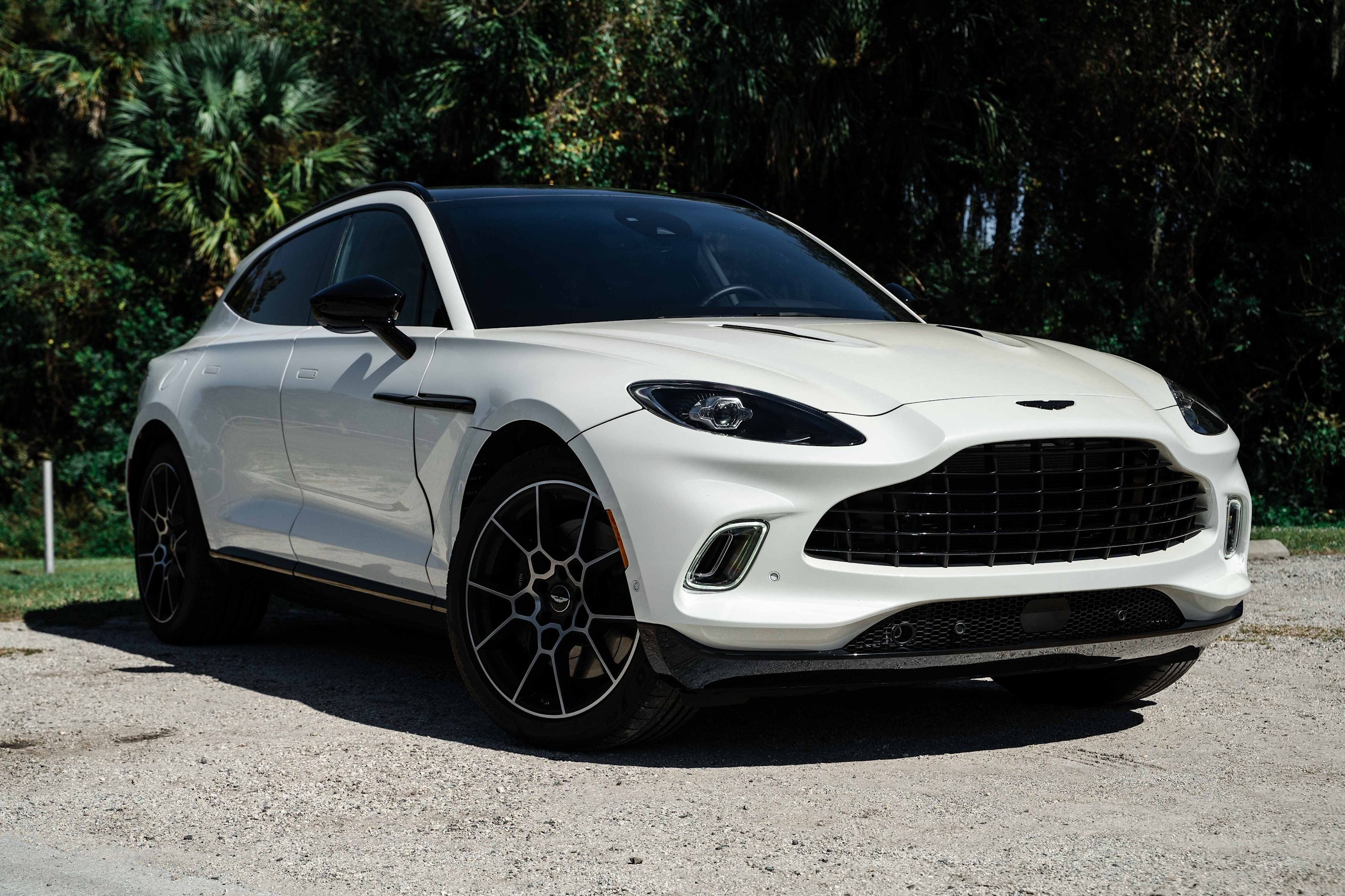
Aston Martin's financial problems are no secret. Last year, falling car sales in Europe and the UK and weak sales for the Vantage prompted the automaker to reduce its sales and profits forecasts. In the first nine months of 2019, the company posted a pre-tax loss of $118 million. Now, Aston Martin has warned its annual profit for 2019 will almost halve. According to Reuters, disappointing December sales have led to wholesale volumes falling by seven percent in 2019.
As a result, Aston Martin expects 2019 profits to be between £130 million and £140 million before interest, tax, depreciation and amortization (EBITDA), compared to £247.3 million ($325 million) in 2018.
"From a trading perspective, 2019 has been a very disappointing year," CEO Andy Palmer said. Aston Martin is currently reviewing plans for 2020 to improve its financial situation, which includes a cost-cutting program. The company is also still in talks with investors for a potential equity investment. Last month, reports claimed Canadian billionaire Lawrence Stroll is planning to bid for a major stake in Aston Martin.
There is one model that could help boost the company's profits, however: the Aston Martin DBX, unveiled last year as the automaker's first-ever luxury SUV. Aston Martin also believes the DBX will help increase annual output to 14,000 units by 2023.
Since it was revealed in November, Aston Martin has received around 1,800 orders for the DBX, so early signs suggest it could be the sales hit the company needs right now. "The DBX is the one bright spot," Palmer told Reuters. "The order rate is materially better than any other car that we have ever launched before."
Pricing for the Aston Martin DBX starts at $189,900, with US deliveries slated to start in Q2 2020. To say that the DBX will be the most important model in Aston Martin's history is an understatement. Let's hope the DBX can do for Aston Martin what the Cullinan has done for Rolls-Royce, which achieved record sales in 2019 thanks to the SUV's launch.
